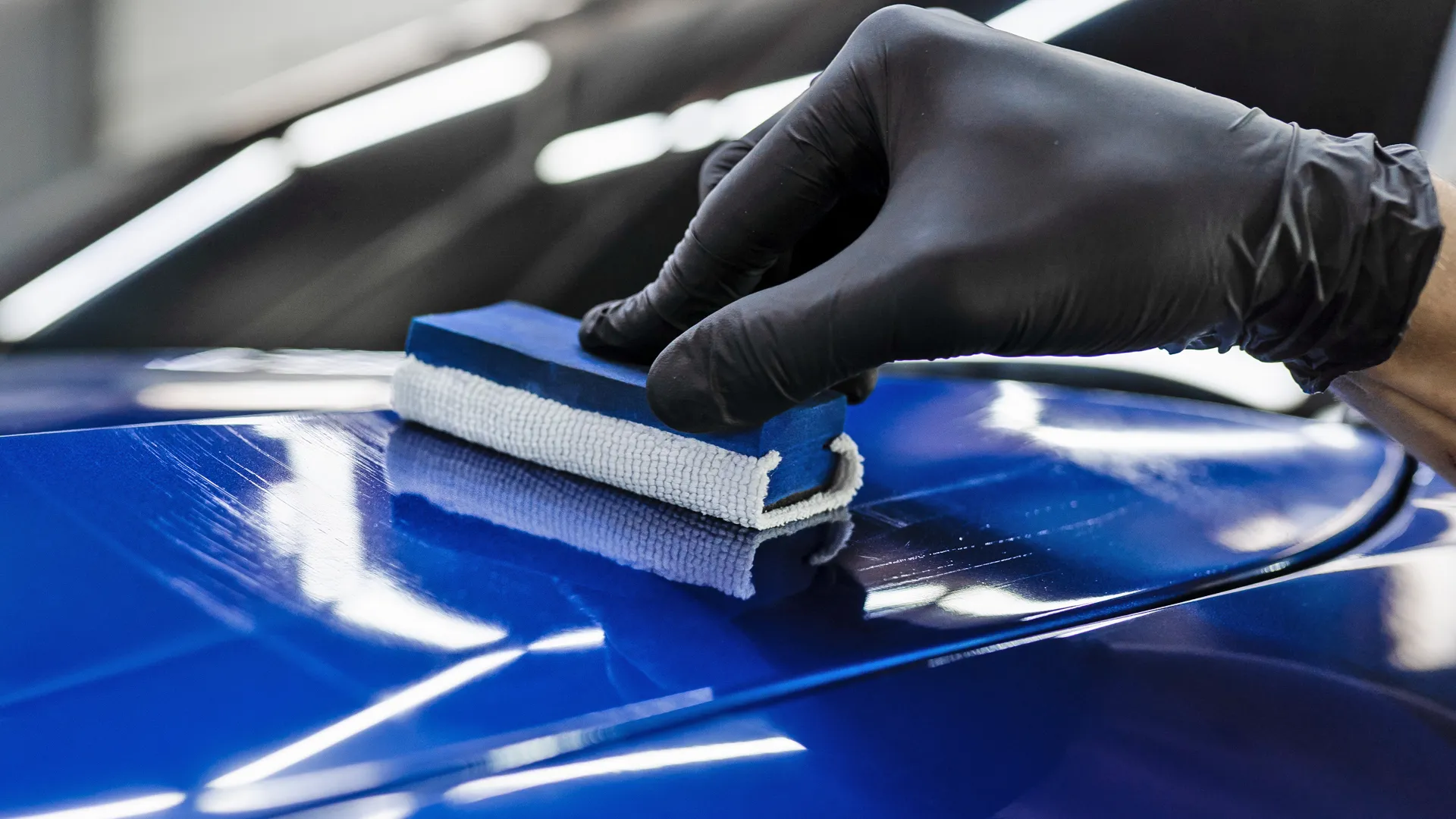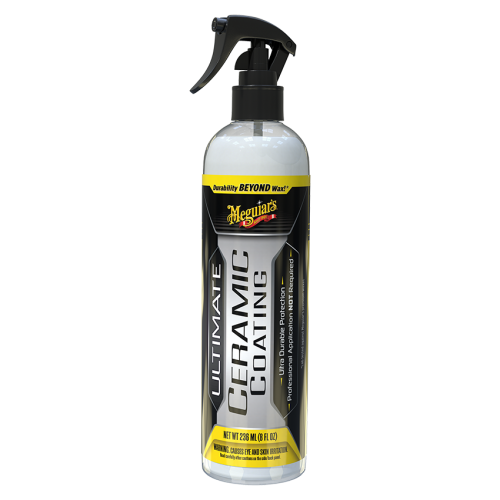Exactly How Ceramic Coating Philadelphia Conserves Money And Time on Upkeep
Wiki Article
Why Ceramic Coating Is the Ultimate Option for a Perfect Finish
Ceramic finishing has become a leading option for those looking for a perfect coating for their vehicles, thanks to its impressive sturdiness and safety attributes. This advanced liquid polymer not only bonds flawlessly with manufacturing facility paint yet also provides a powerful obstacle versus usual dangers such as scratches, UV rays, and ecological toxins. Furthermore, its hydrophobic residential properties streamline upkeep while boosting aesthetic appeal. However, understanding exactly how this innovation contrasts to standard approaches and discovering its application nuances can expose also extra regarding its worth. What elements truly set ceramic layer apart?What Is Ceramic Layer?

When used properly, ceramic finish creates a hydrophobic surface area that wards off water and dust, making it less complicated to clean and maintain. Unlike standard waxes or sealers, which typically provide short-term defense, ceramic finishes can last for numerous years, relying on the item high quality and application technique. The process of using ceramic layer needs careful preparation, consisting of complete cleaning and often paint modification, to make sure optimal bonding and performance.
Ceramic finishes are not restricted to automobile surfaces; they can additionally be made use of on different products, consisting of glass, metal, and plastics, providing a flexible remedy for enhancing defense. Overall, ceramic finishing stands for a substantial development in surface security technology, incorporating both visual and useful advantages for a large array of applications.
Benefits of Ceramic Layer
While several surface area security options exist, the advantages of ceramic finishing stand apart because of its special properties and lasting performance. Among the main advantages is its extraordinary sturdiness. Ceramic Coating Philadelphia. Unlike traditional wax or sealants that call for frequent reapplication, ceramic coverings provide a resistant layer that can last for a number of years, dramatically reducing upkeep effortsOne more remarkable benefit is improved protection against environmental pollutants. Ceramic coverings develop a hydrophobic surface that wards off water, dust, and different pollutants, making it much easier to clean up. This attribute not just preserves the car's look but likewise lessens the risk of rust and oxidation, particularly in harsh weather conditions.
Moreover, ceramic coatings provide superior resistance to UV rays, stopping fading and degradation of paint with time. This UV protection is critical for preserving the aesthetic value of surface areas and lorries exposed to guide sunlight.
Additionally, the glossy coating attained with ceramic finish improves the general visual appeal, giving surfaces a showroom-quality shine. In general, ceramic finishings represent a considerable development in surface area defense modern technology, offering enduring advantages that accommodate both useful and aesthetic requirements.
Exactly How It Works
Understanding the scientific research behind ceramic finishes reveals just how they provide such exceptional security and longevity. At its core, a ceramic finishing is a fluid polymer that chemically bonds with the automobile's factory paint.
The application procedure entails several steps, including surface preparation, which is important to accomplishing optimum bond. As soon as used, the layer goes through a healing procedure, during which it solidifies and forms a semi-permanent bond with the paint surface. This bond is what identifies ceramic coatings from standard waxes and sealants, giving a longer-lasting safety barrier that can sustain for years.
Furthermore, the thickness of the finishing can enhance its safety top qualities, ensuring that it can stand up to rough conditions. Eventually, the science of ceramic finishes combines sophisticated products with innovative application methods to supply an unequaled degree of protection and visual improvement for lorries.
Comparison With Traditional Methods
The advantages of ceramic finishes become specifically evident when contrasted to typical paint security techniques such as waxes and sealants. While waxes supply a temporary shine, normally lasting a few weeks to a pair of months, ceramic layers supply a resilient protective layer that can endure for several years. This durability Clicking Here significantly reduces the regularity of reapplication, making ceramic coatings an extra affordable remedy with time.Furthermore, typical methods usually call for comprehensive prep work and multiple applications to achieve an acceptable level of security. In comparison, ceramic coatings bond at a molecular degree with the vehicle's surface, developing a durable guard against environmental contaminants like UV rays, acid rainfall, and roadway salts. This bond improves the automobile's resistance to scrapes and swirl marks, which are common with traditional waxes and sealants.
Additionally, the hydrophobic residential properties of ceramic coatings fend off water and dirt, bring about much easier cleansing and upkeep. In contrast, wax and sealant-treated surfaces can attract crud, requiring more frequent cleaning - Ceramic Coating Philadelphia. In general, ceramic coatings not only supply exceptional protection but also supply a more aesthetically appealing and long-lasting coating, establishing them as the recommended selection for discerning automobile owners
Application and Maintenance Tips

Making use of a foam applicator, use the coating in little areas, complying with the manufacturer's standards relating to density and overlap. Allow enough curing time in between coats, normally 1 day, to guarantee proper bonding. After application, it is critical to avoid direct exposure to water or harsh elements for a minimum of a week to enable the layer to fully treat.
For upkeep, wash the car frequently with pH-balanced soaps and prevent unpleasant products. Touchless cars and truck cleans are recommended to lessen damaging. Furthermore, making use of a ceramic upkeep spray can improve the coating's hydrophobic residential properties and durability. Regular examinations for any indicators of wear will certainly help maintain the covering's stability and preserve that beautiful coating.
Conclusion
In final thought, ceramic covering arises as a premium choice for achieving a remarkable automotive coating. By creating a robust bond with factory paint, ceramic coating efficiently shields against scrapes, UV rays, and environmental contaminants.
Report this wiki page